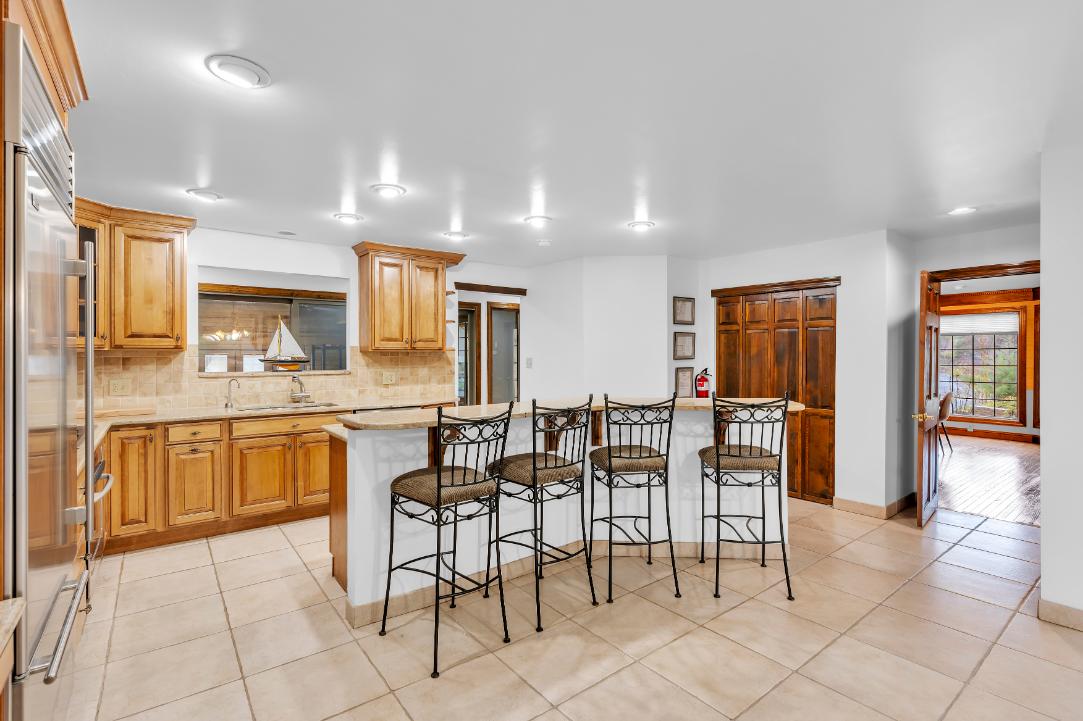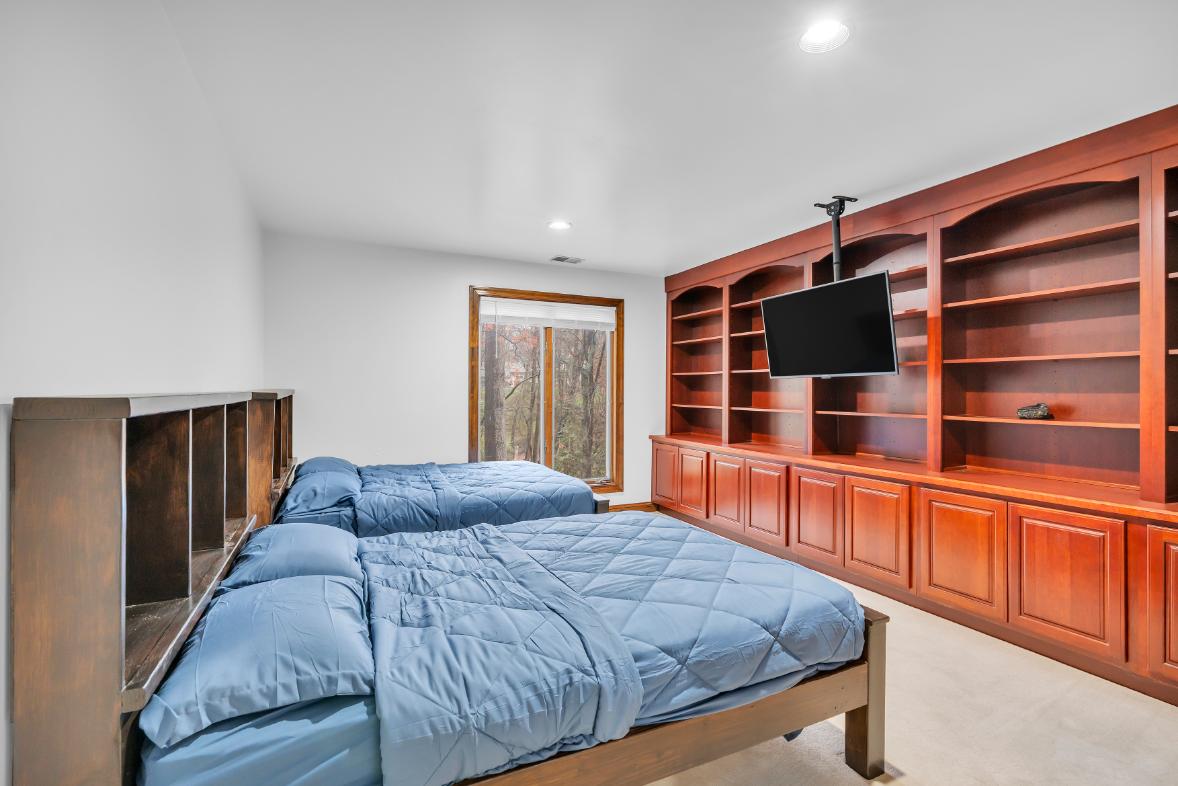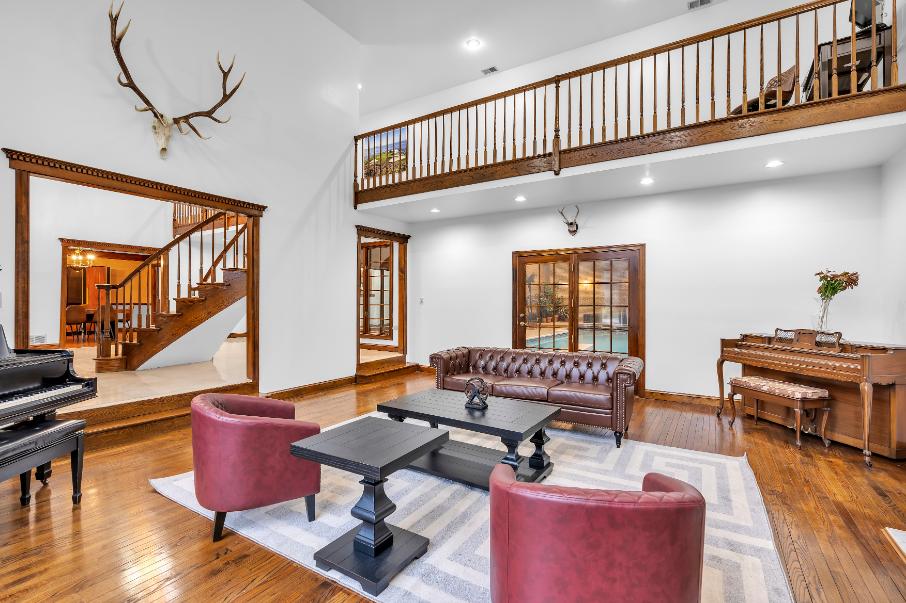As you continue your journey to sobriety, whether you’re in Haddonfield, NJ, Philadelphia, PA, or any other community, you’ll find that recovery is not a one-time event. It is an ongoing process that relies on a network of support systems and environments that help you build the mindset and skills needed to maintain sobriety for life.
Many people transition from inpatient rehab into a supportive setting that prepares them for independent living. At this stage, two common options are sober living homes and halfway houses. While they may sound similar, there are key differences between the two. Understanding these distinctions can help you choose the environment that best fits your needs and comfort level as you work toward long-term recovery success.
What Are Sober Living Facilities?
The National Association of Recovery Residences has defined the four levels of sober living homes. These facilities can be independent of or in conjunction with outpatient addiction treatment in some cases and are defined as:
Level 1—These are peer-run facilities, often single-family houses. The group runs them and often has a senior resident who holds residents accountable for their participation and responsibilities in the home as well as other actions. House meetings and drug screenings are typically required, but no paid staff members are at the house. Â
Level 2—These facilities are often monitored in a single-family home or apartment setting. They are managed by a senior resident or house monitor who is compensated for the work. Drug screenings and group meetings are often required, and residents must abide by house and peer-created rules.Â
Level 3— These are supervised houses of various kinds and have licensed staff and administrative policies and procedures. Life skills and clinical services are provided beyond the scope of typical sober living facilities, but there are routine drug screenings.
Level 4—These facilities tend to be more institutional, with clinical services provided in-house. Life skills training is also provided, and drug screenings are standard.Â
What Are Halfway Houses?
A halfway house is similar to a sober living home in that it serves as a transitional step between a structured institution and independent living. Residents may come from a rehabilitation program or the criminal justice system as they reenter daily life. These homes provide a controlled environment with guidance and support to help individuals adjust to the responsibilities of living on their own. Regular drug testing and adherence to sober living rules are often required to remain in the program.
What Are The Differences In Sober Living Versus Halfway Houses?
Typically, residents of a sober living home are there by choice and are actively working toward recovery, often through a 12-step program. In contrast, not all residents of a halfway house are engaged in recovery programs, and many are placed there through court mandates. Halfway houses are often state-owned or funded, while sober living homes, like The Forest, are privately owned or operated by treatment providers. Residents in sober living are responsible for covering their own costs.
Another key difference is the length of stay. Halfway houses usually have a fixed timeline, while sober living homes offer greater flexibility. At The Forest, residents can stay as long as they feel they need support, based on their personal progress.
Sober living homes also place a strong emphasis on community. Residents often share responsibilities, participate in group meals and activities, and help maintain the home. This shared structure promotes accountability, mutual support, and a commitment to maintaining a sober lifestyle.


